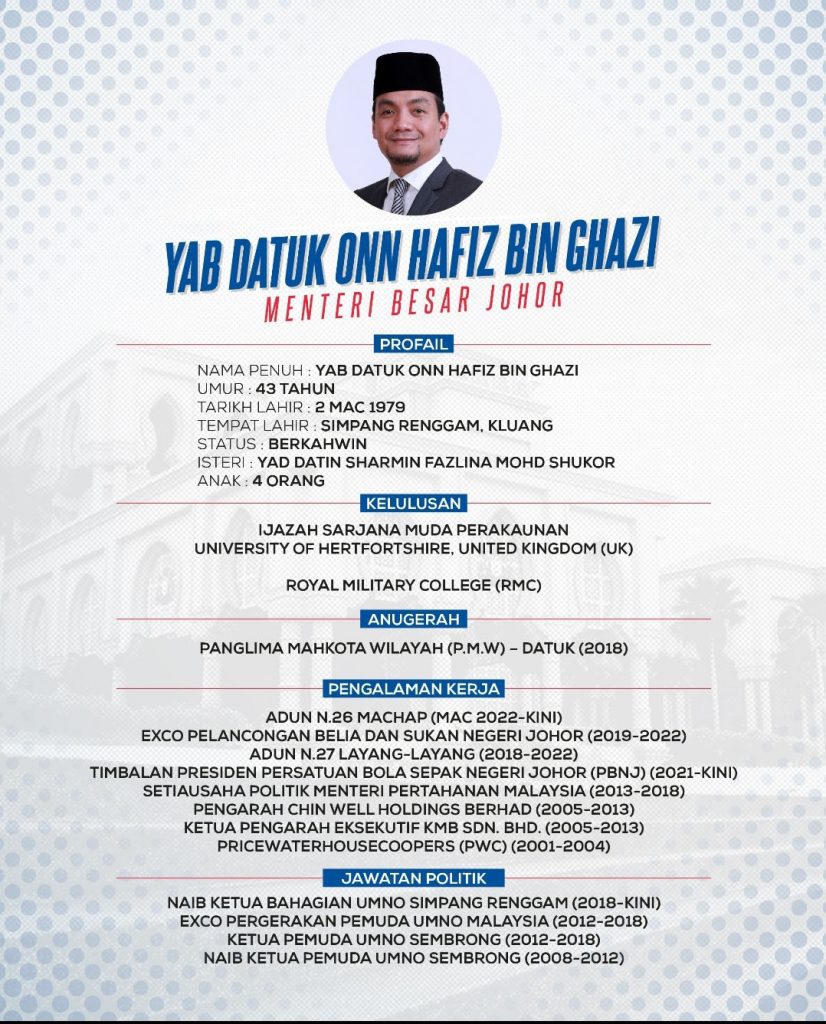Success rests on incorporating the needs and views of citizens
Urban renewal is crucial in an ever-urbanising country but only if done right.
Urban renewal refers to the rejuvenation of dilapidated areas within an urban setting. It is a longstanding issue that has plagued many countries across the globe as urban settlements expand at unprecedented rates. With 80% of the Malaysian population expected to reside in urban areas by 2030, the government is rightfully worried about the physical and environmental harms that urban degeneration may bring, raising a sense of urgency.
As such, the Urban Renewal Act, set to be tabled during by the Ministry of Housing and Local Government, has been proposed to facilitate the process of urban redevelopment. This piece of legislation aims to undercut longstanding processes and regulations impeding the restoration of old buildings. Historically, the Strata Titles Act 1985 required unanimous consent from property owners, complicating redevelopment efforts. With the proposal of the latest act, consent thresholds are now determined by building age instead.
While well-meaning in its intention to expedite redevelopment processes hindered by the strict consent threshold imposed upon by the Strata Titles Act 1985, concerns remain. Anxiety surrounding this act stems from fears that careless implementation may result in the displacement of local populations and the gentrification of communities to make way for private development.
At present, a total of 534 urban developments have been identified as in need of renewal, with 139 in Kuala Lumpur alone, putting thousands of residents at risk in Malaysia’s capital and beyond. This has raised alarm bells among civil society and residents, who fear a potential abuse of this legislation in favour of private developers.
Murky stakeholder engagement
The views and feedback of both proprietors and tenants must be meaningfully sought after and included in the redevelopment process. Currently, the government has yet to outline fully the extent of stakeholder involvement throughout the renewal process. For example, consent must be obtained from property owners are only sought after to obtain their consent for redevelopment, with little clarity over their continued involvement once a renewal agreement has been attained.
In this regard, proprietors must not only be involved throughout the process but their feedback must also be incorporated holistically. This would ensure a redevelopment plan that is responsive to the needs of its residents.
Beyond proprietors, and while acknowledging that they may not have the same rights as owners, the opinions of tenants must also be heard. At present, no formal mechanisms exist to incorporate their perspectives, effectively excluding them from all stages of decision-making. This lack of involvement fails to account for tenants facing the greatest risk of displacement, particularly if proprietors agree to redevelopment without safeguards in place to protect those renting or occupying the units in question.
Governing bodies lack diversity in views
Another pain point is the ambiguity surrounding the composition and impartiality of the State Executive Committees – the organisational bodies whose responsibility is to approve and monitor urban redevelopment projects. Currently, the draft act proposes only one government agency representative to be appointed at the discretion of the Menteri Besar or Chief Minister, while the remaining committee members are drawn entirely by the state government.
Ensuring broad representation is pivotal as two of the three pathways to initiate urban renewal fall under these committees’ purview. As such, a lack of broader representation may limit on-the-ground insights, potentially risking community needs over the interests of private developers. This risk can be mitigated by ensuring the inclusion of municipal, district and city council representatives, as well as civil society and representatives of homeowners’ associations.
Compensation beyond monetary gain
Presently, compensation promised to proprietors is typically offered either in the form of a financial payment for relocation or a sum higher than the current market price of the unit if proprietors choose to remain. However, compensation related to housing cannot be measured purely in monetary terms.
In highly urbanised areas like Kuala Lumpur, the rising market value of land and housing makes these spatial components increasingly significant. Proprietors may be displaced from well-connected areas and resettled in peripheral localities, where daily expenses are higher and opportunities are limited. Without factoring in these realities, relevant authorities risk offering compensation that is ultimately inadequate.
This form of inequitable compensation risks pricing out former residents, making way for more affluent populations and accelerating gentrification. Left unaddressed, such displacement will entrench spatial inequalities and trap already vulnerable groups into cycles of poverty from which they may have struggled to escape from. Therefore, a potential solution should account for spatial elements which influence cost of living standards, such as proximity to business centres, access to education and healthcare, as well as public transportation access. This can present itself in the form of priority placement at redeveloped localities which have similar levels of access to key amenities.
Lessons from abroad
The core tenets of successful urban renewal initiatives are cooperation, inclusivity and social equity. As such, several lessons can be taken from countries which have successfully implemented their own urban renewal regulations.
First, urban renewal must be holistic. This entails redevelopment that not only addresses changes to physical infrastructure but also embeds the economic and social wellbeing of residents into the planning process. One such example of this is Germany which, through its Programme for Green Urban Areas (Zukunft Stadtgrün), has helped facilitate the incorporation of urban green spaces in population-dense areas via funding of interlinking green spaces to connect residential spaces. Through this, urban redevelopment is framed as an issue extending beyond the borders of a residential development to include environmental quality and access to public amenities as part and parcel of liveability standards. Germany’s approach to holistic living thus ensures that redevelopment projects not only create safer homes but also a better quality of life for all.
Second, urban renewal must be cooperative. A centralised approach to urban redevelopment without the inclusion of lower rungs of governance may jeopardise the efficacy of urban renewal efforts. Countries like South Korea have noted this blind spot and taken steps to ensure a governance format centred on multilevel stakeholder cooperation.
The involvement of citizens into planning processes is wide-ranging, spanning the ability to request administrative documents for upcoming developments, the capacity to hold public consultations and hearings with private entities. Residents can even spearhead urban rehabilitation projects of their own. More importantly, the government has recognised the need for citizen participation in all forms, thus offering them avenues to do so irrespective of institutional affiliation. This approach encourages transparency and trust in governmental procedures to be fostered, allowing for redevelopment plans to reflect the lived realities and priorities of communities.
Third, urban renewal cannot be driven solely by private sector interests. Despite the government’s intention to shift away from federal funding in exchange for costs to be borne by the private sector, government-led funding and initiatives must be included to counteract potential power imbalances. Germany excels in this regard, with their Urban Development Support Programme providing funding to municipalities to champion community-led solutions for sustainable towns and cities. This programme allows for grassroots movements to encourage social cohesion through planning, a factor potentially sidelined by private developers who fail to incorporate diverse perspectives of residents.
Promise of more vibrant cities
Overall, this act comes at an opportune time, as localities with large population densities require safe spaces to thrive in. However, caution must be exercised as the risks of gentrification and displacement loom large. Therefore, urban renewal presents a balancing act for the government – managing public opinion and concerns, as well as allaying the fears of the public concerning the possibility of displacement, all while communicating the realities of urban renewal. This is a necessary step in a world where cities must continuously adapt to ageing infrastructure, growing populations, and ever-changing spatial needs.
A financial windfall should not be the only benefit of this act to property owners. Equally important is the opportunity to reside in a thriving residential area, with the option for holistic and equitable compensation. Ultimately, a pro-resident act is what is needed – not to turn over a profit – but to ensure that all Malaysians, regardless of income level, have the option to live and participate in the development of safe and vibrant homes.





